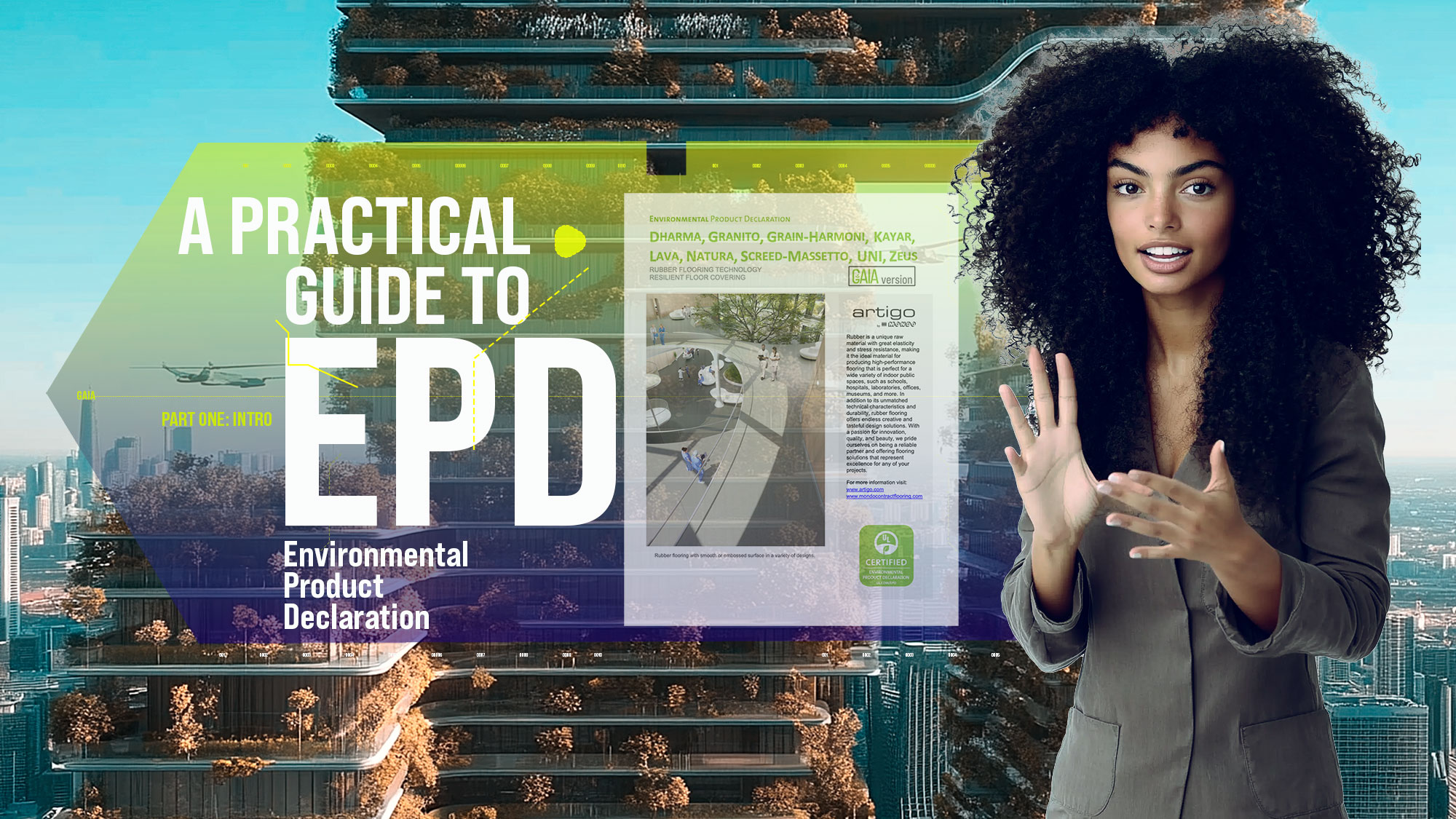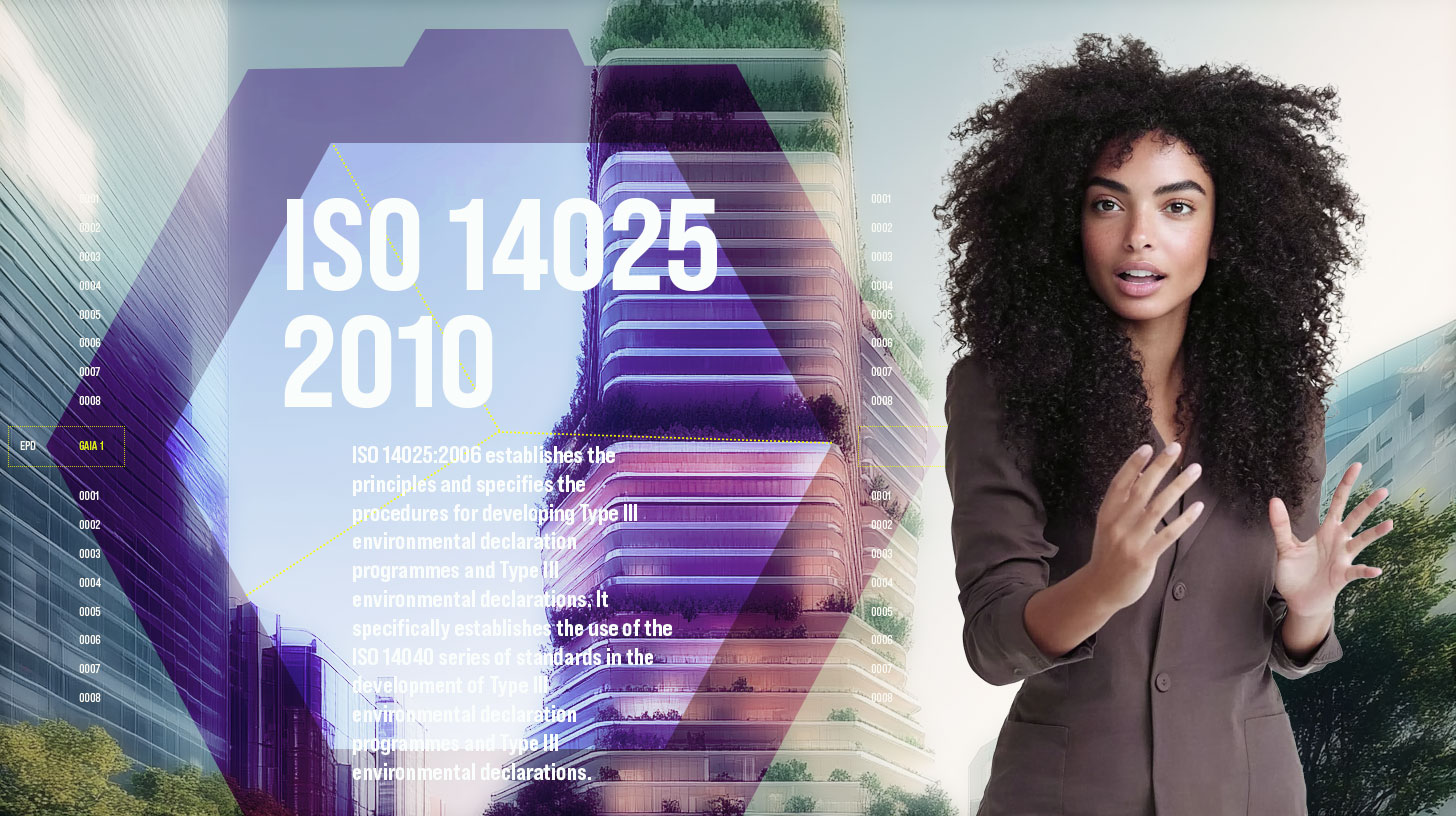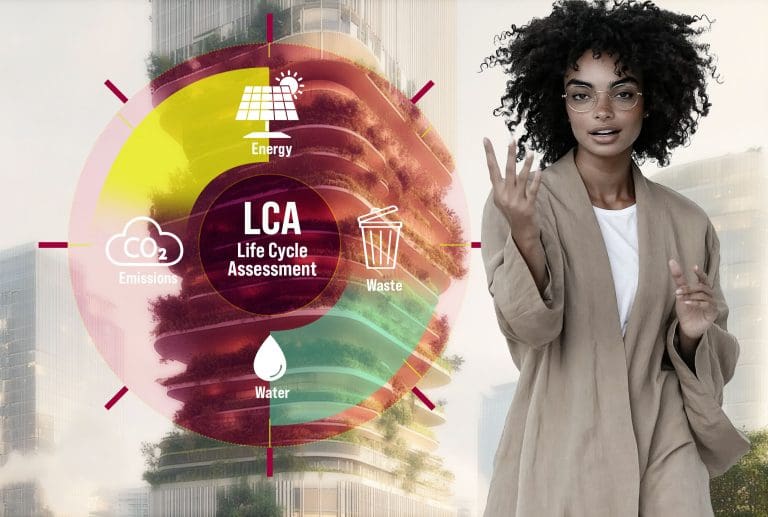
A PRACTICAL GUIDE TO EPD
INTRODUCTION
Architects, surveyors and professionals in the fields of construction and public buildings hear them mentioned every day: to complete a project today you need EPDs!
But what does this much sought-after and important document actually contain, as well as being, at times, complex and difficult to interpret? In this series of articles we will try to explain it.
What is the meaning of ‘EPD’?
EPD stands for Environmental Product Declaration.
We are therefore talking about the environment: in particular about how and how much a company’s products and services impact on the environment or can even change its stability and alter it through physical or chemical pollution.
If a company decides to create an EPD, it means that it pays close attention to the environment. In fact, the EPD is a voluntary certification, it is a choice, a demanding choice that we as Artigo have decided to make.
The EPD is a public document in which the company informs the market about its production methods, the raw materials it uses and the impact this has on the environment.
This information is precise and scientific, certified through a rigorous methodology and a procedure established at international level with reference to the UNI EN ISO 14025:2010 standard (Environmental labels and declarations – Type III environmental declarations).

What is the point of publishing an EPD?
It is useful because, in a world where everyone talks and bombards us with slogans, out-of-context percentages and photos of green forests, the only way to understand something is through standardised information, in which the data of one company can be compared with those of another, because the units of measurement are the same.
The EPD is a tool that allows building professionals to make informed choices and to compare products or services that have equivalent functions in terms of sustainability.
Much more than the usual ‘piece of paper.
No, the EPD is not the usual piece of paper. It is important to activate the virtuous circle of ECO-Design.
If a company decides to improve its product ecologically – and we all know how necessary this is! – it must start by measuring the impact of the current product.
The EPD is therefore a starting point: as a company, it is the way we can understand and manage the production variables we can govern (e.g. the choice of basic ingredients) and make a decision for the future.
Why is the EPD worth more than other, perhaps even simpler, declarations?
Because it is objective and third-party certified. This guarantees the veracity of the LCA study, Life Cycle Assessment and the subsequent Environmental Product Declaration. It is important to emphasise this expression: life cycle. One of the principles of Eco-design is in fact to always keep in mind that the ‘life’ of a product, in our case a rubber floor covering, does not end at all with its delivery and installation, but continues over time until its eventual disposal. And throughout that time it exerts an influence on the environment

1. What is analysed and measured
The analysis describing the environmental impact related to production concerns:
· the consumption of energy and raw materials;
· the production of waste
· CO2 emissions;
· the amount of water resources required for production.
2. The final result
The results of this analysis concern a series of environmental indicators, i.e. certain values are quantified, using standard units of measurement, such as the amount of CO2 (carbon dioxide) emitted per unit of product.
3. The Final Declaration.
Only once validated, the Declaration can be published and communicated to all stakeholders, internal and external, to inform them of the results achieved in terms of reducing the product’s environmental impact.
All clear, but the fact remains that the EPD is really complicated!
The EPD is a complex document that describes the processes, ingredients and energies used and provides a lot of data in very complex reading tables.
In the coming articles, we will see how to simplify the complexity of these documents. We will then show you what to read mainly in an EPD in order to make an informed choice of products by evaluating at least the most important parameters.
CONTACT US!
"*" indicates required fields